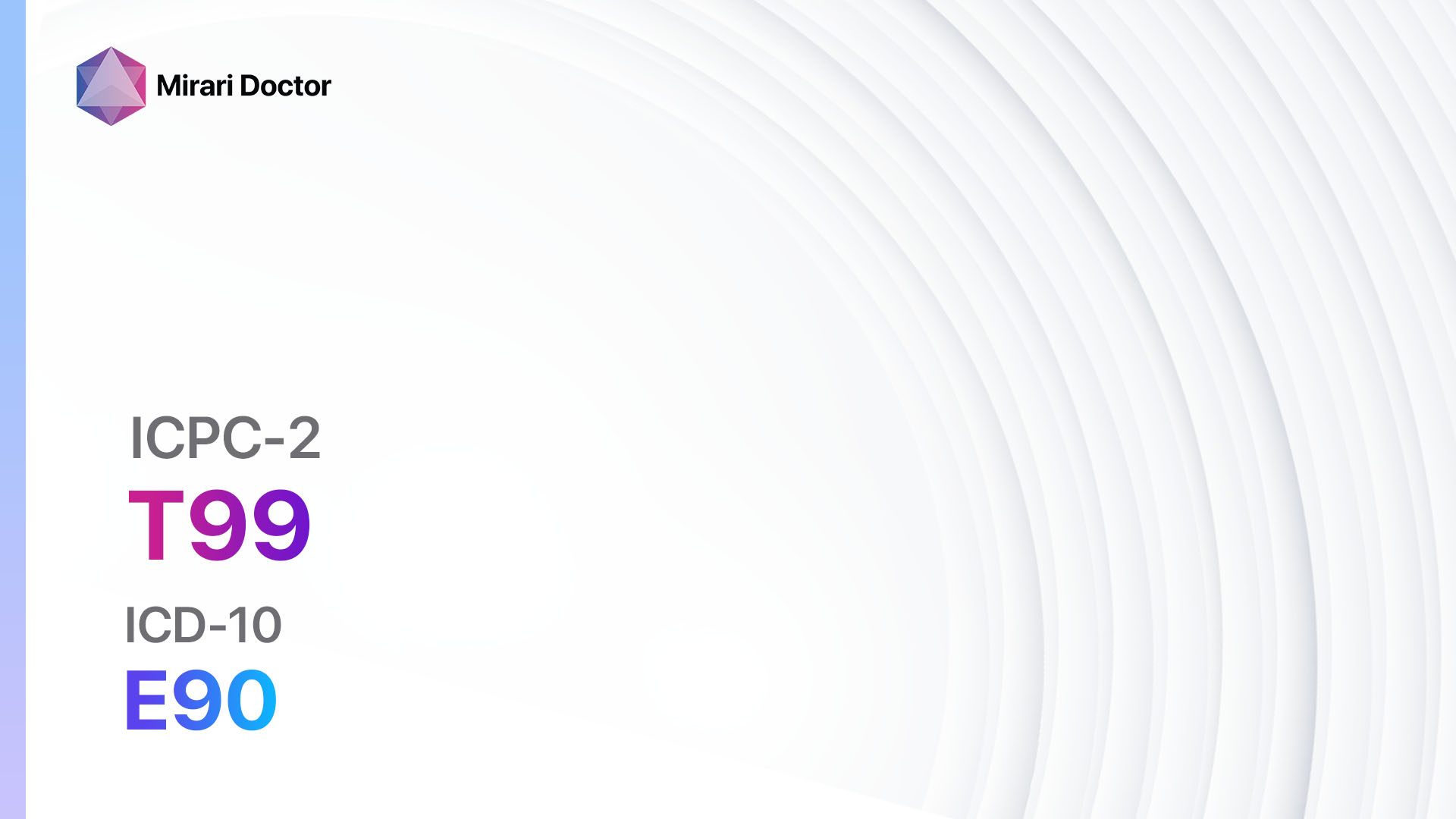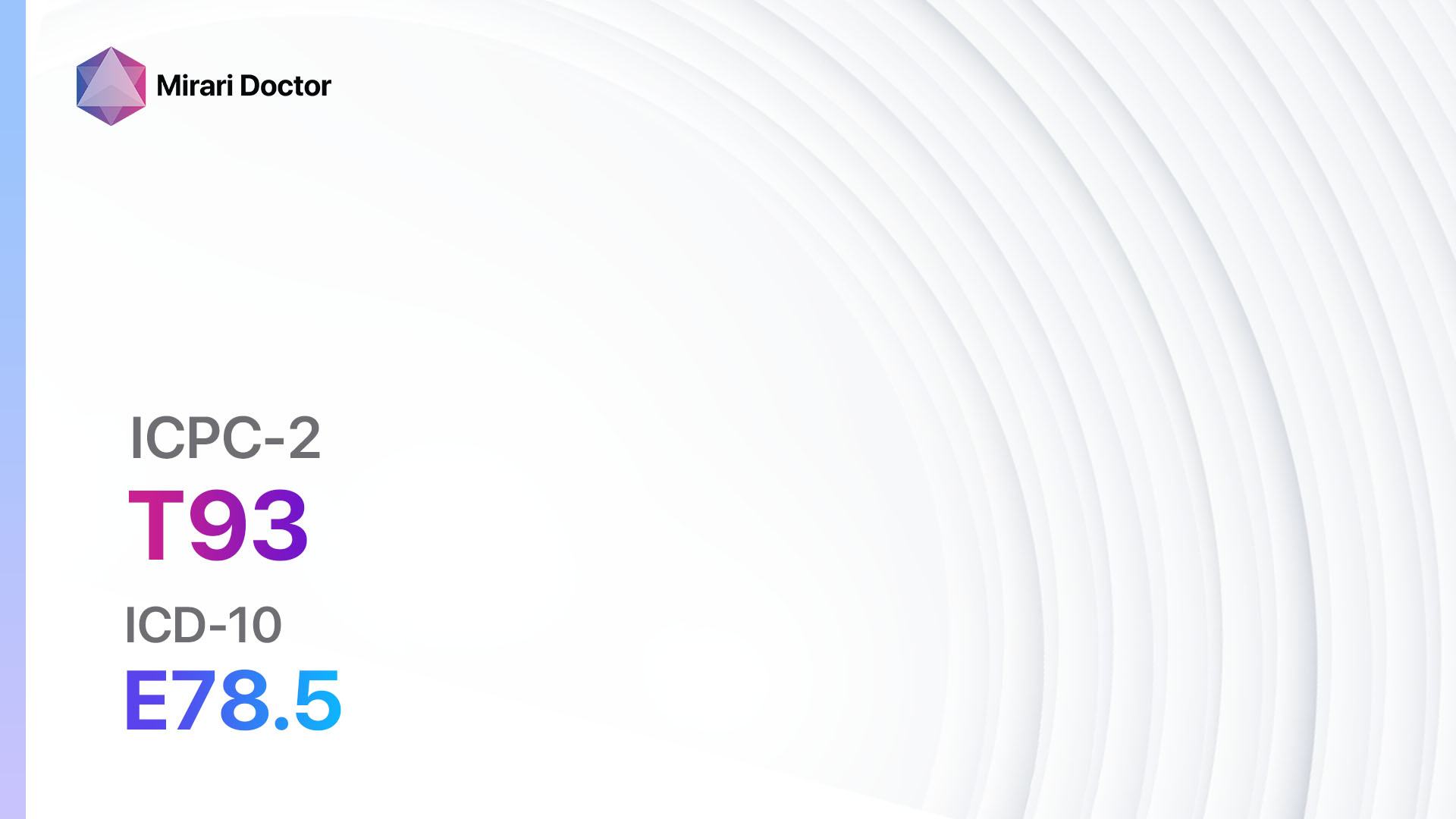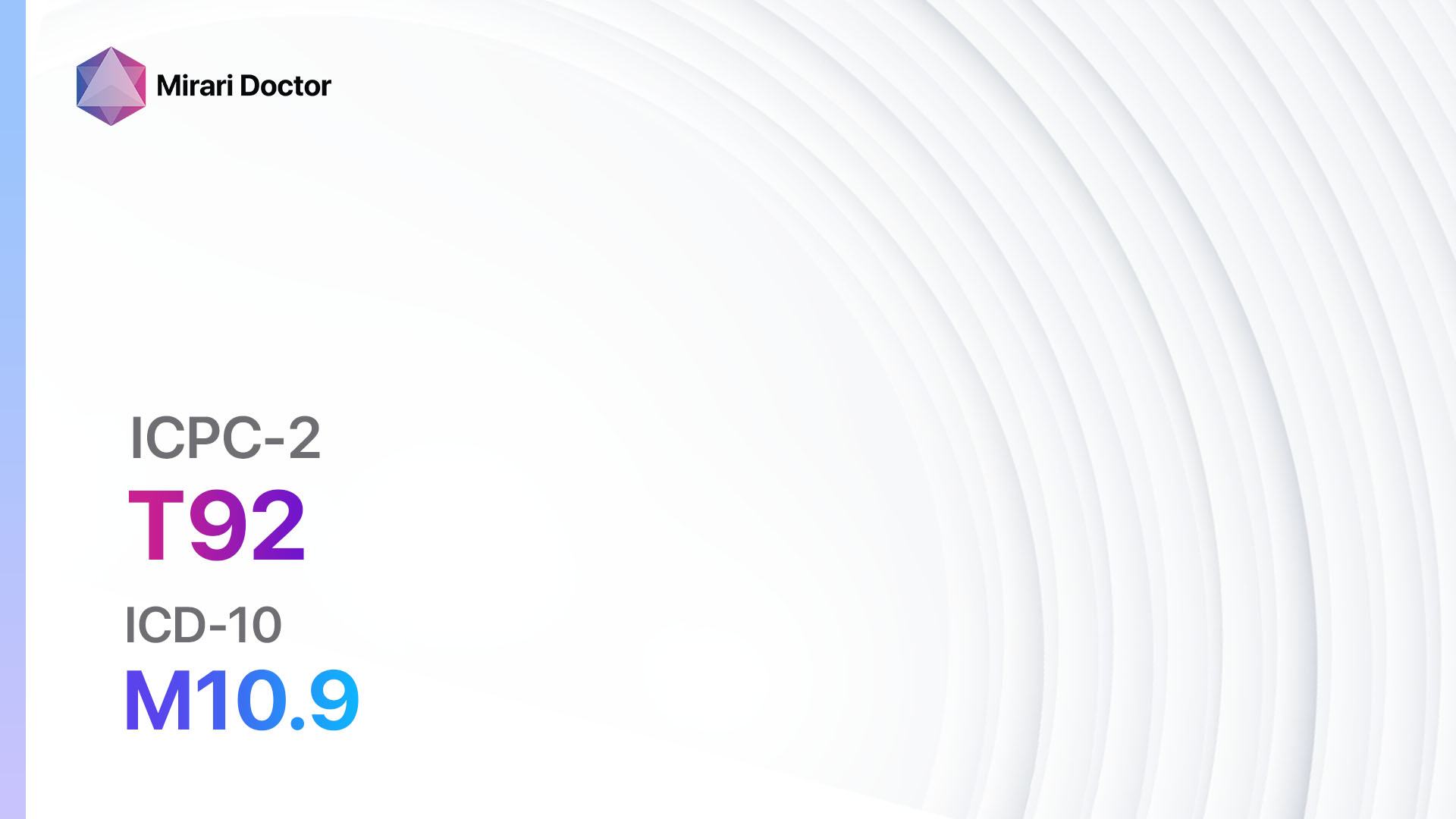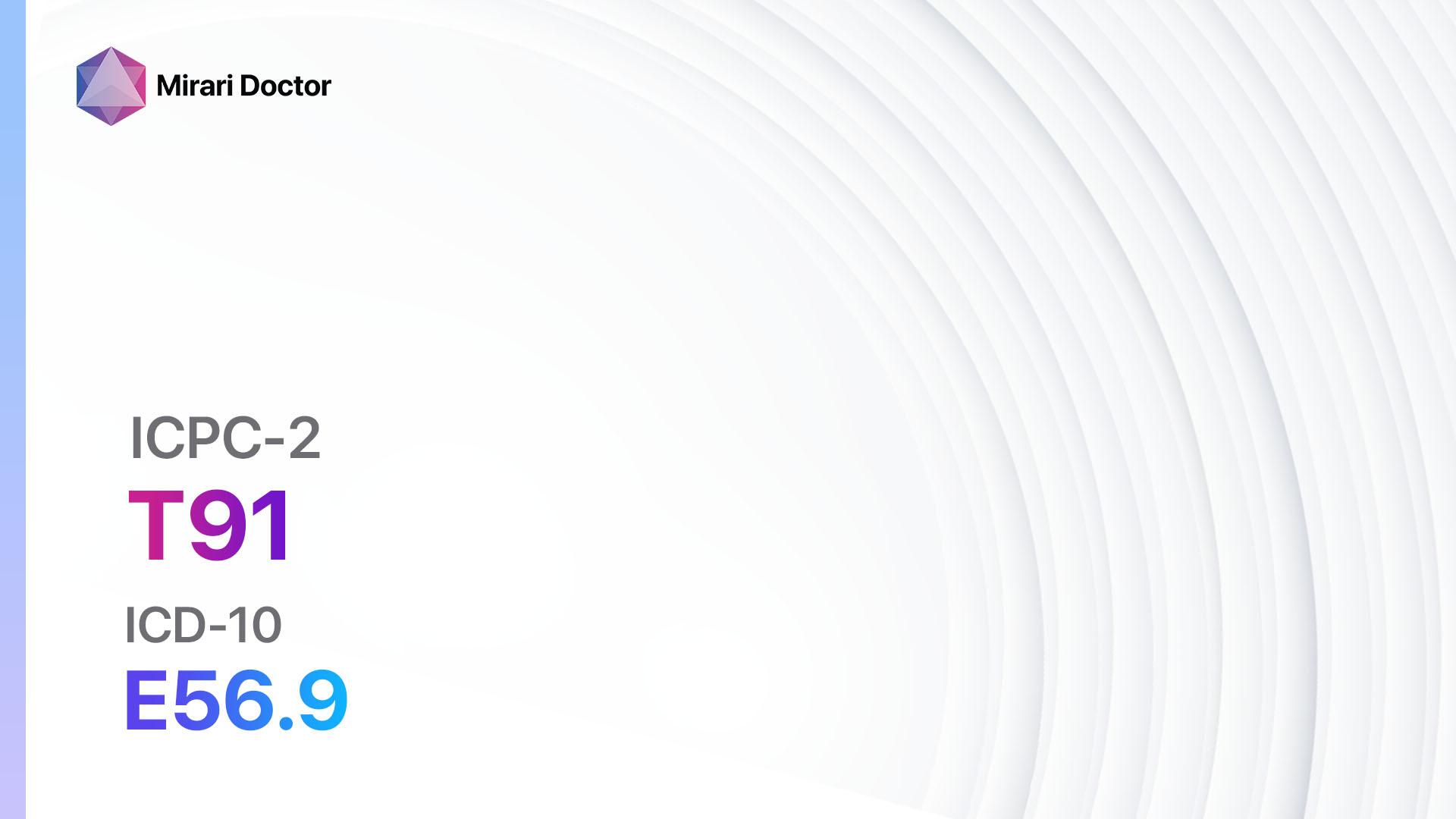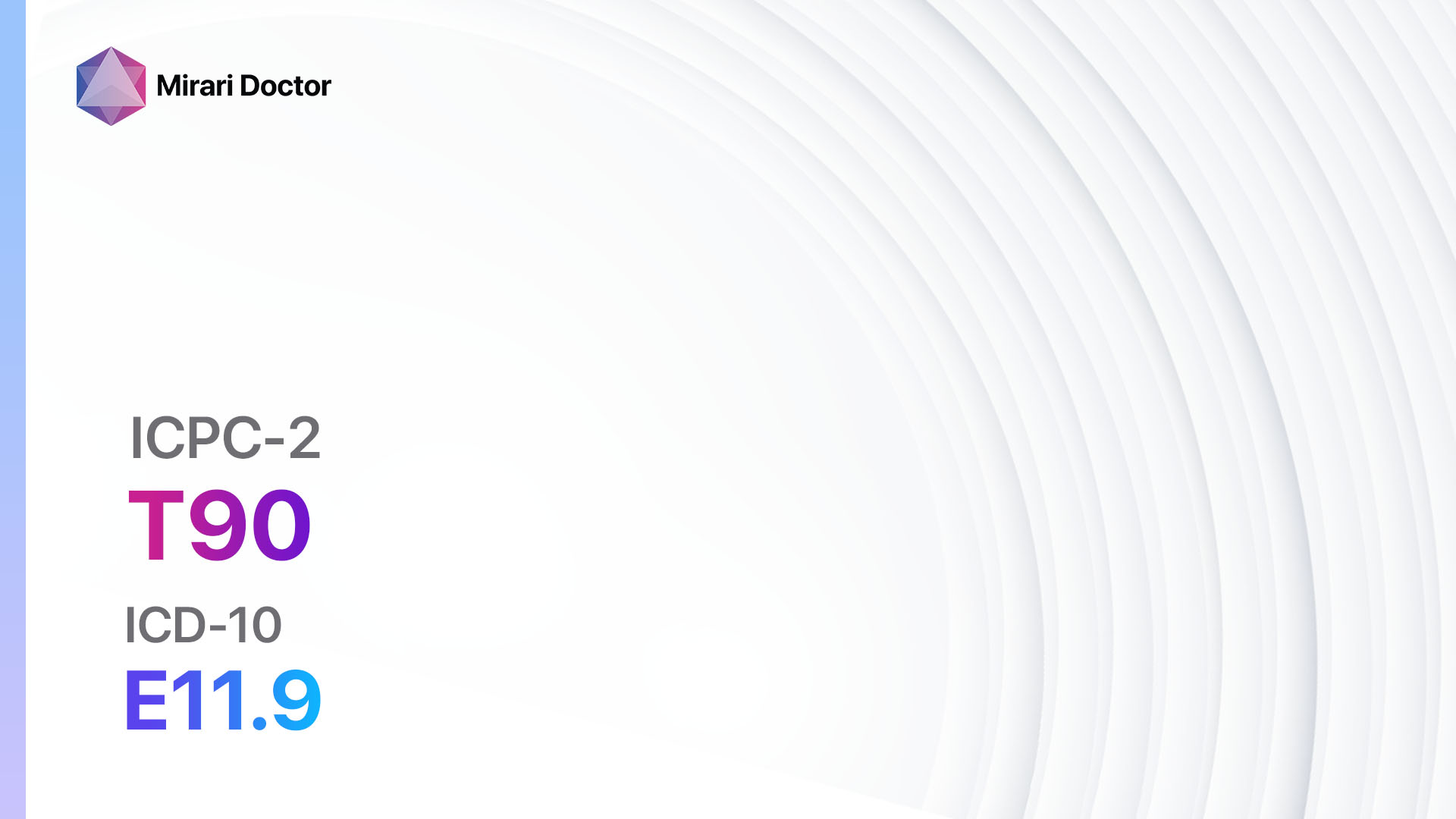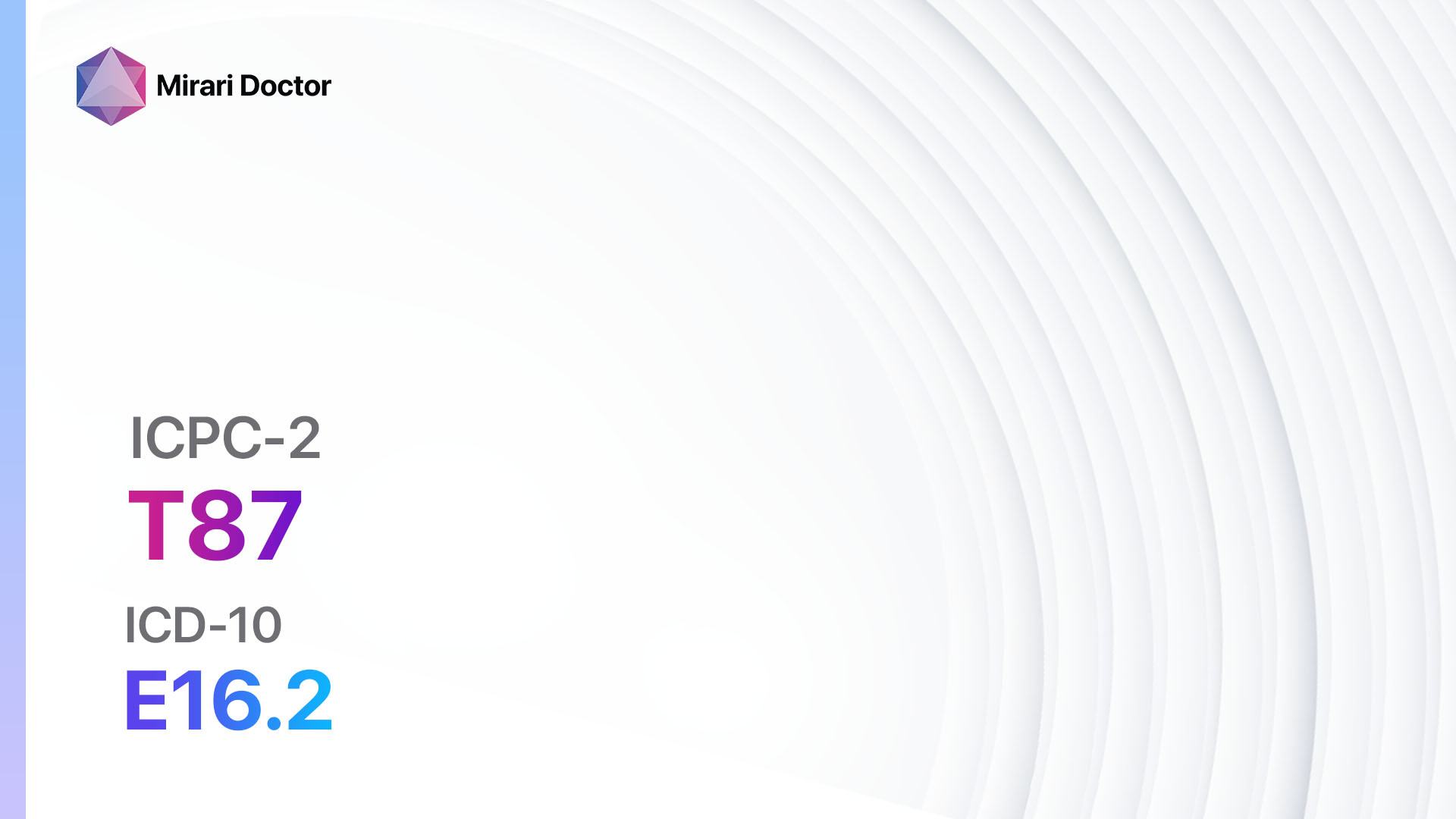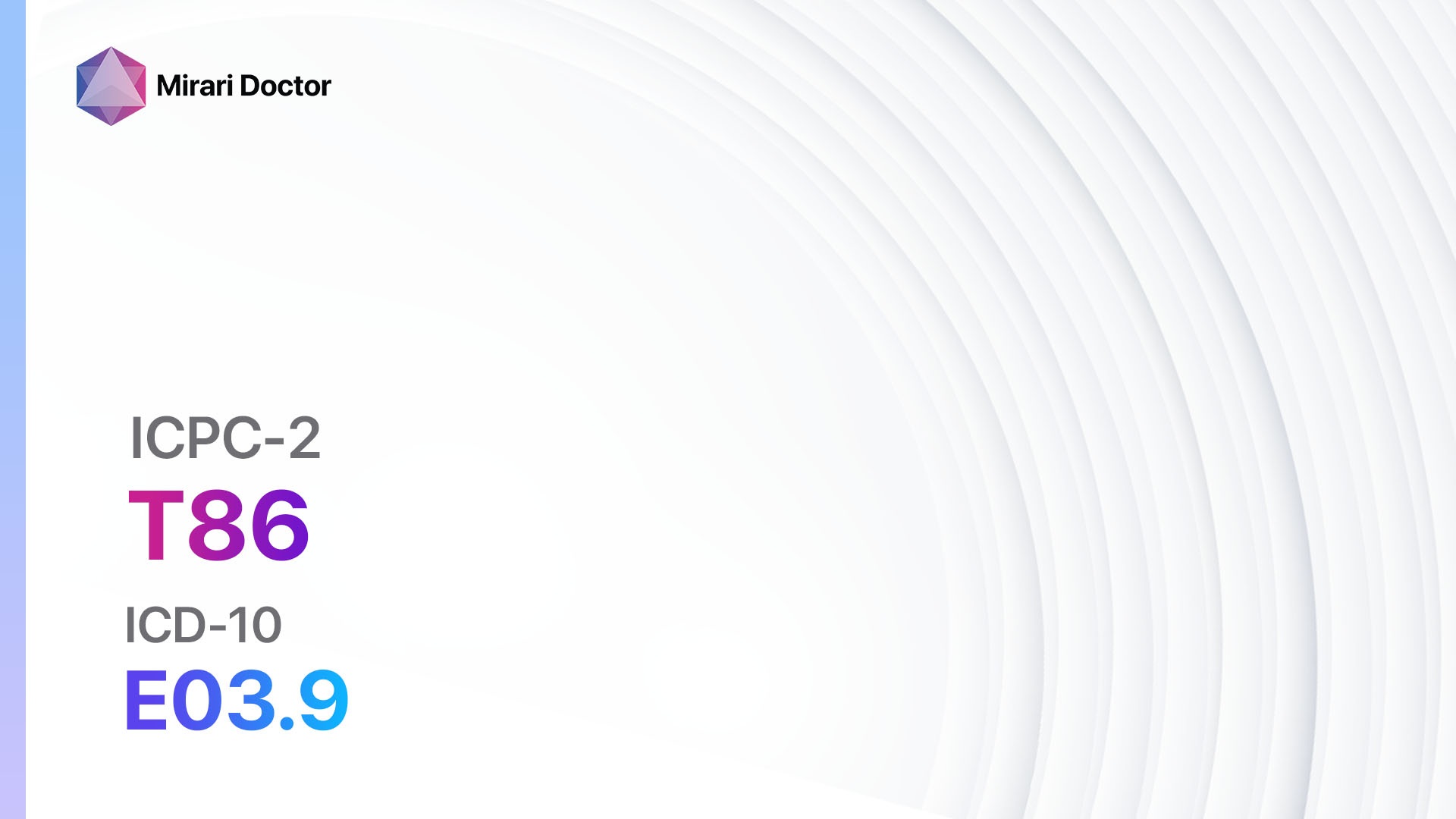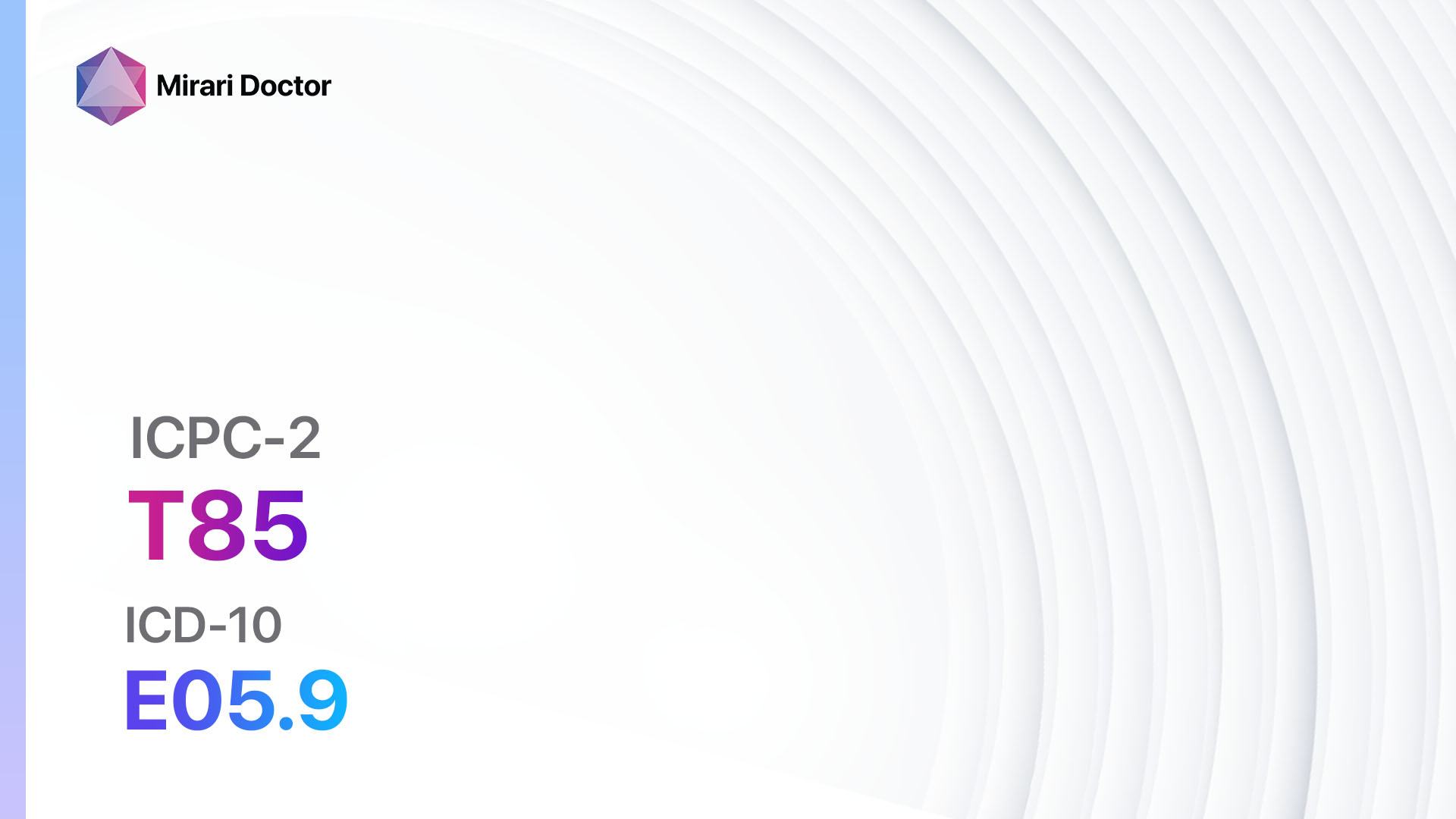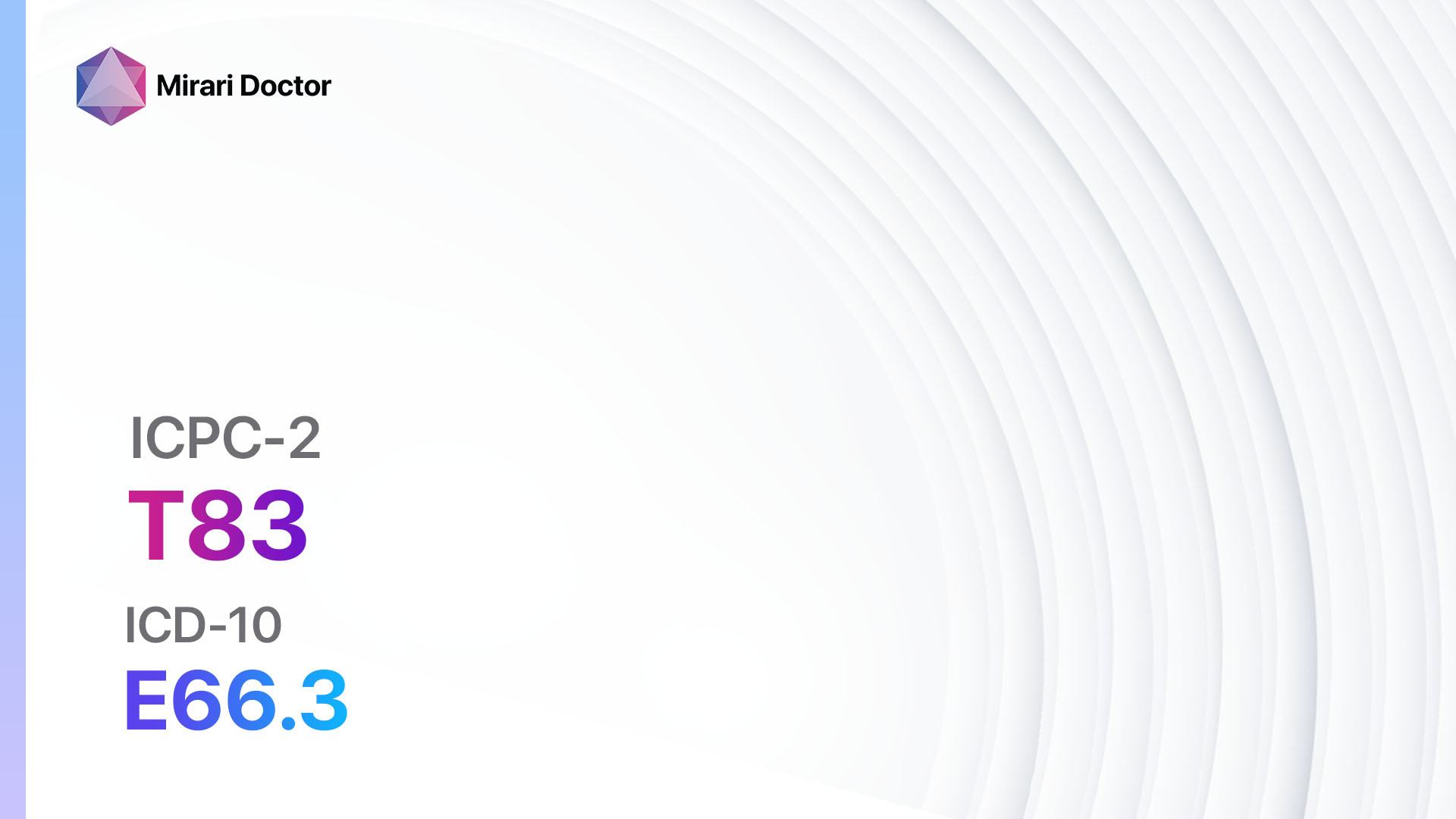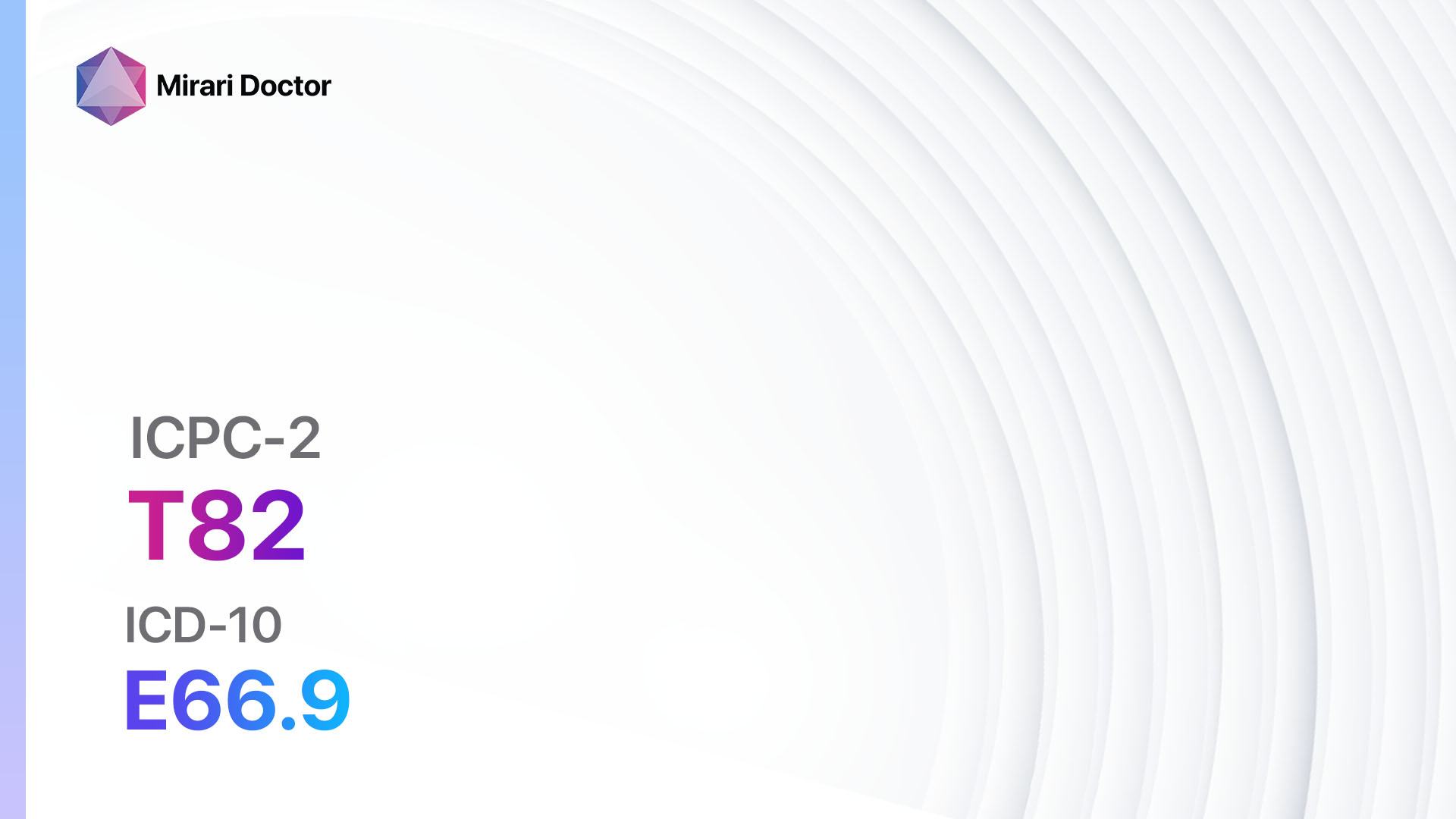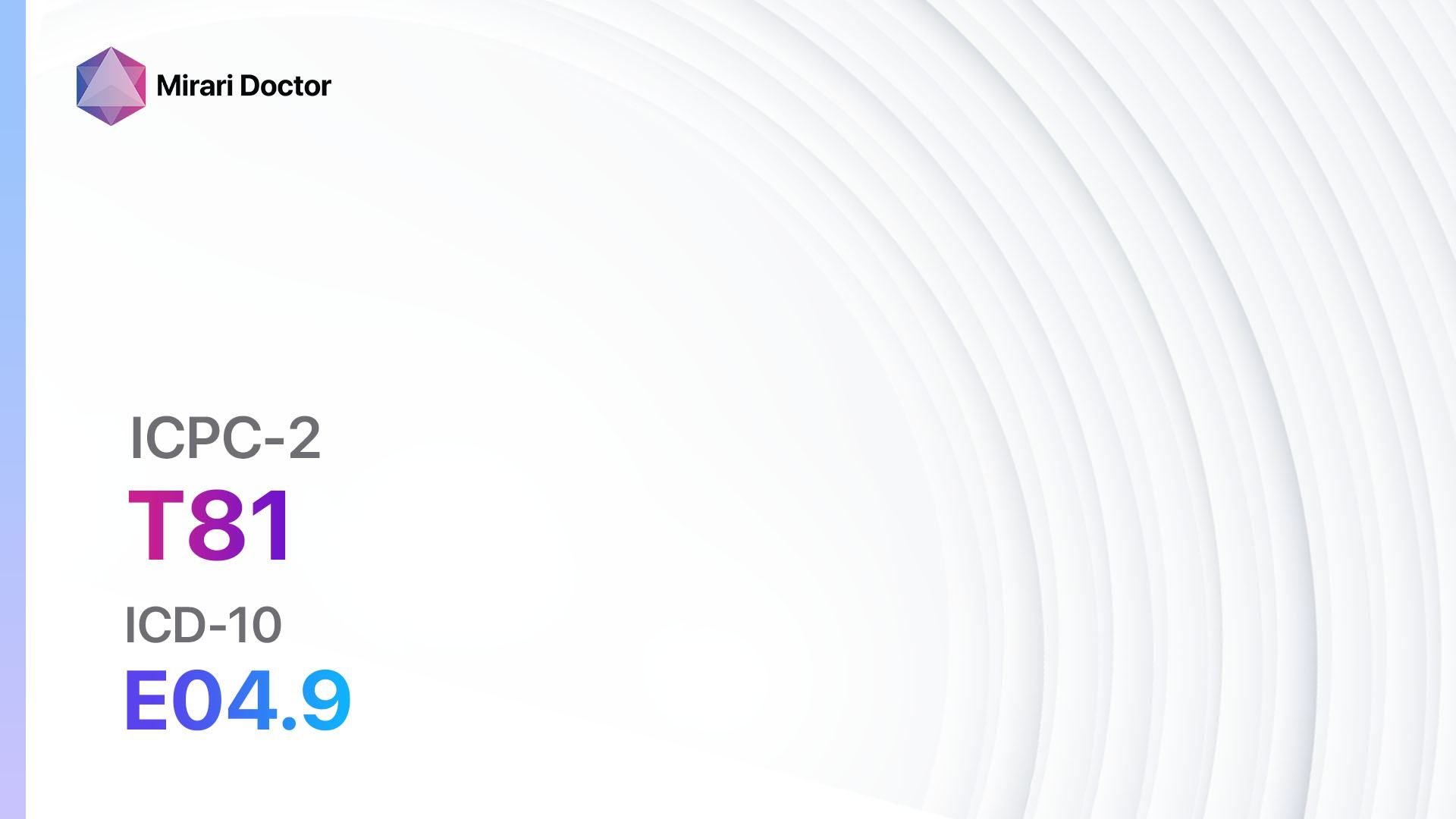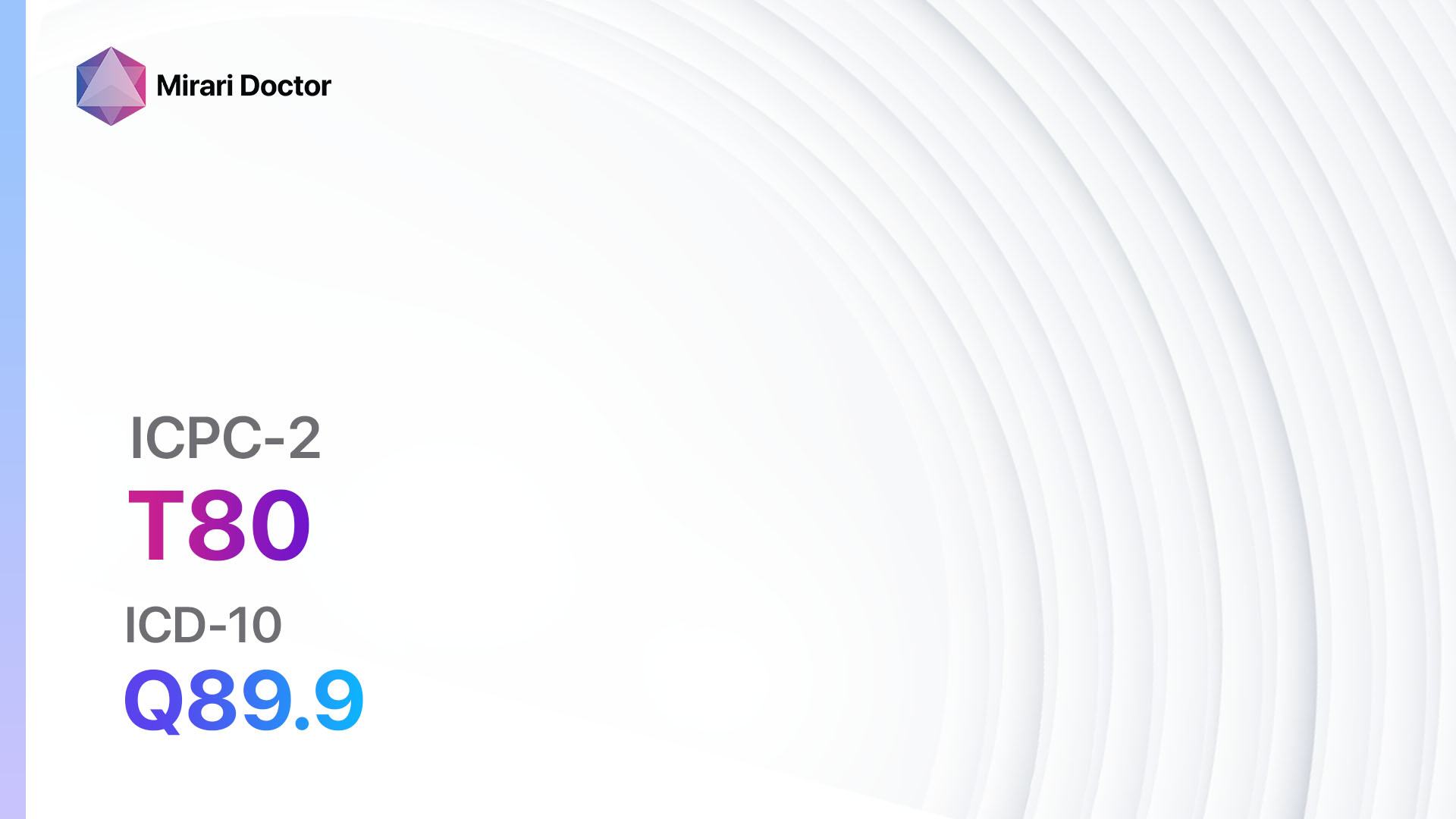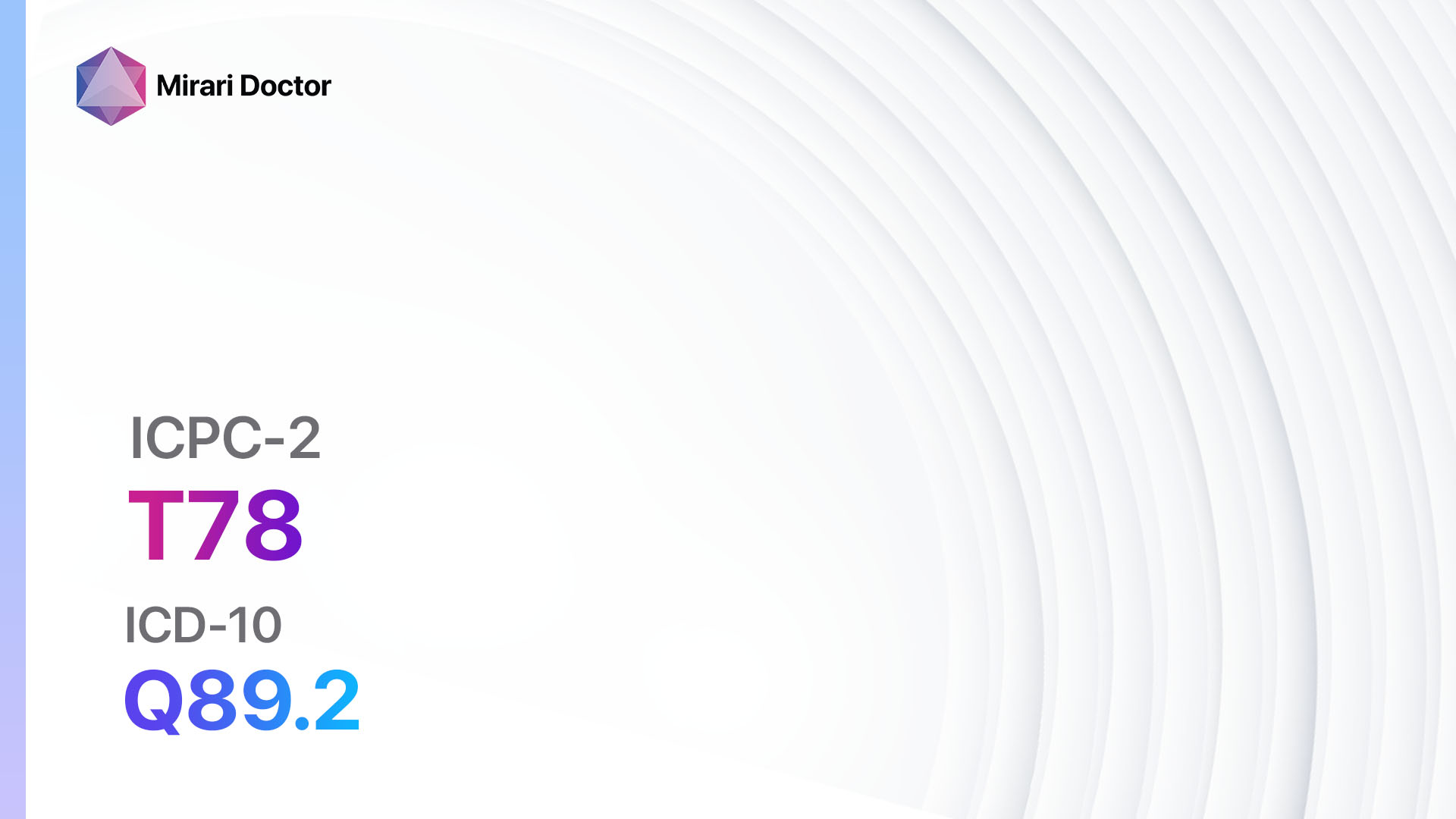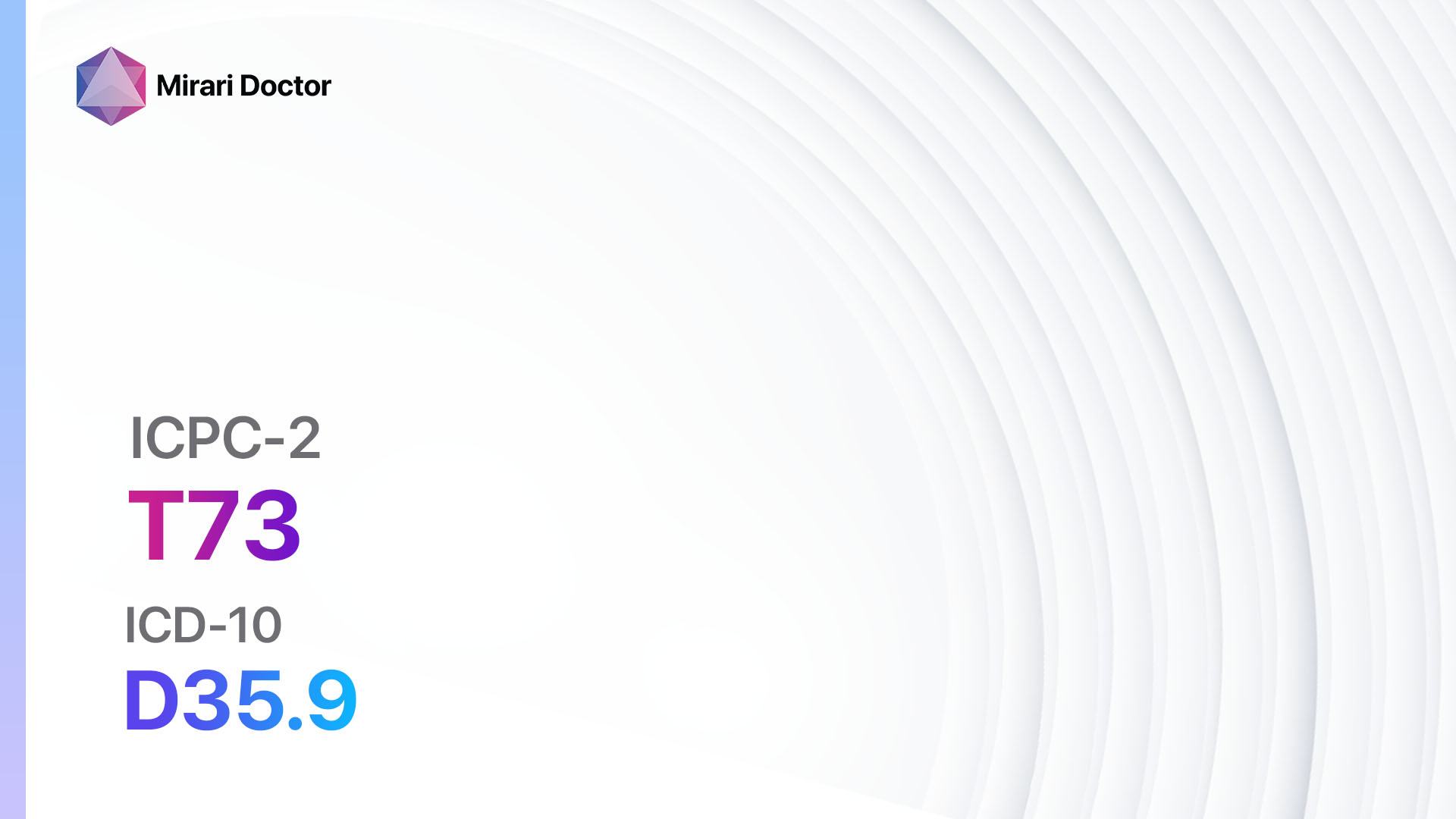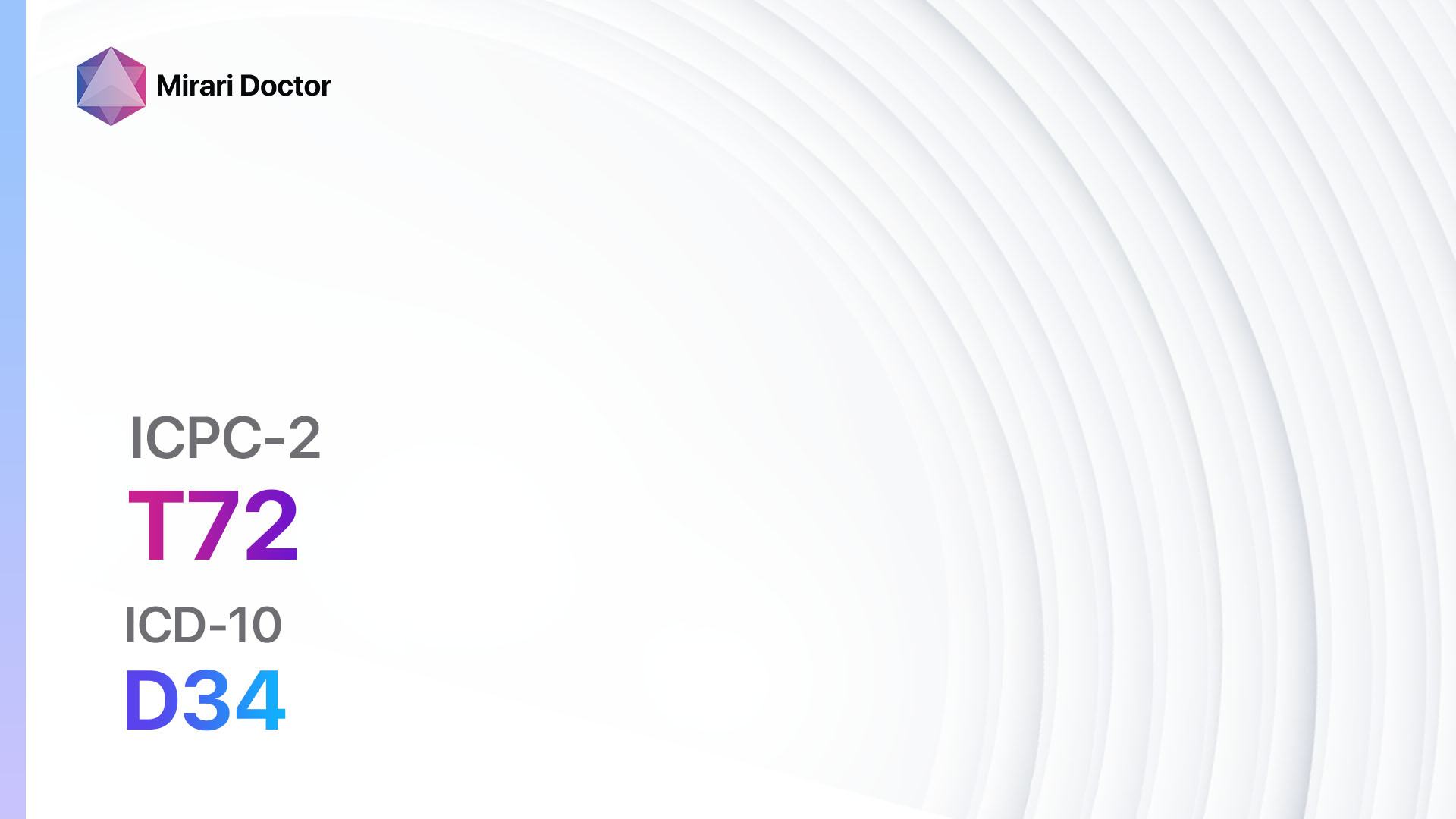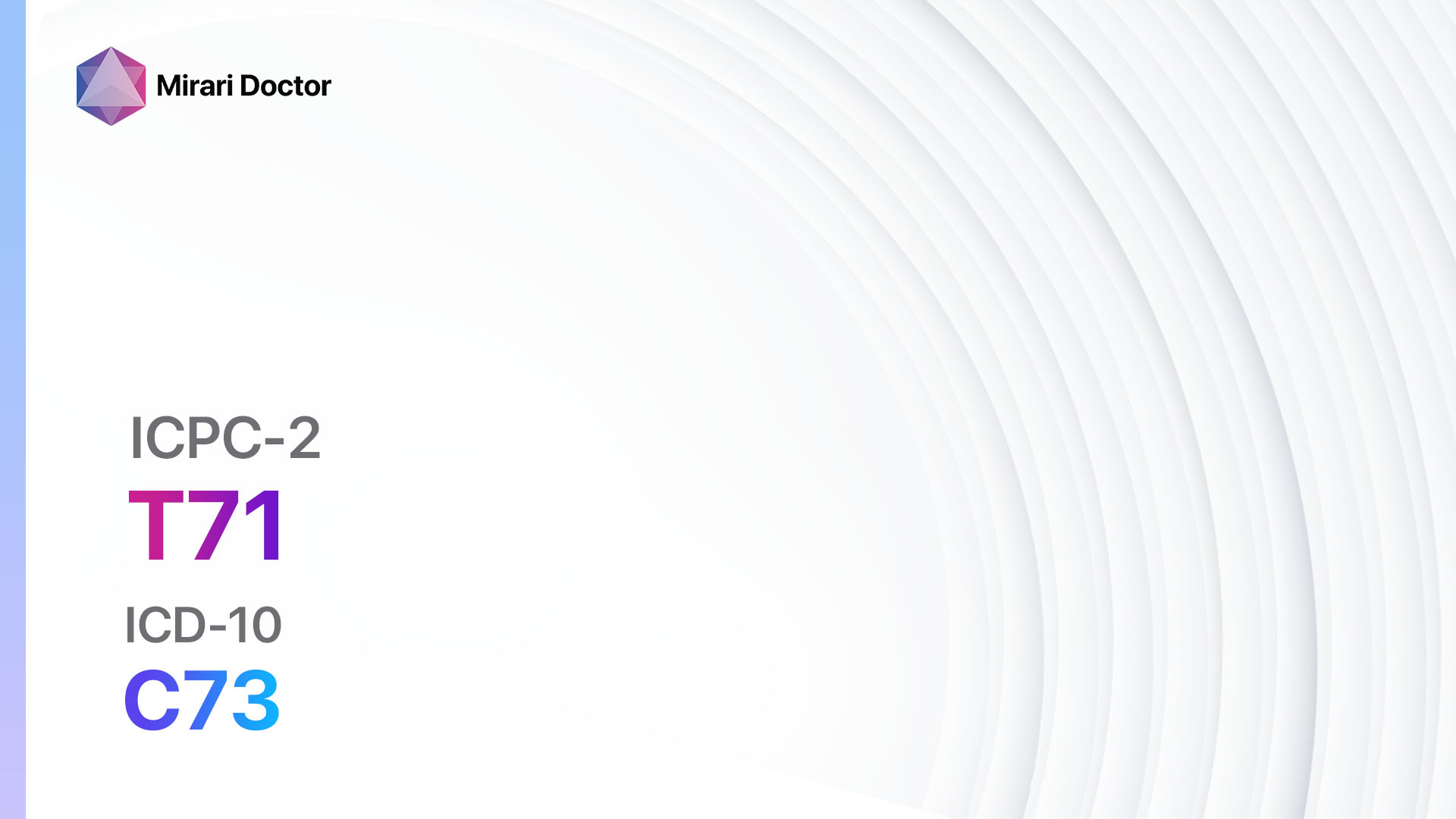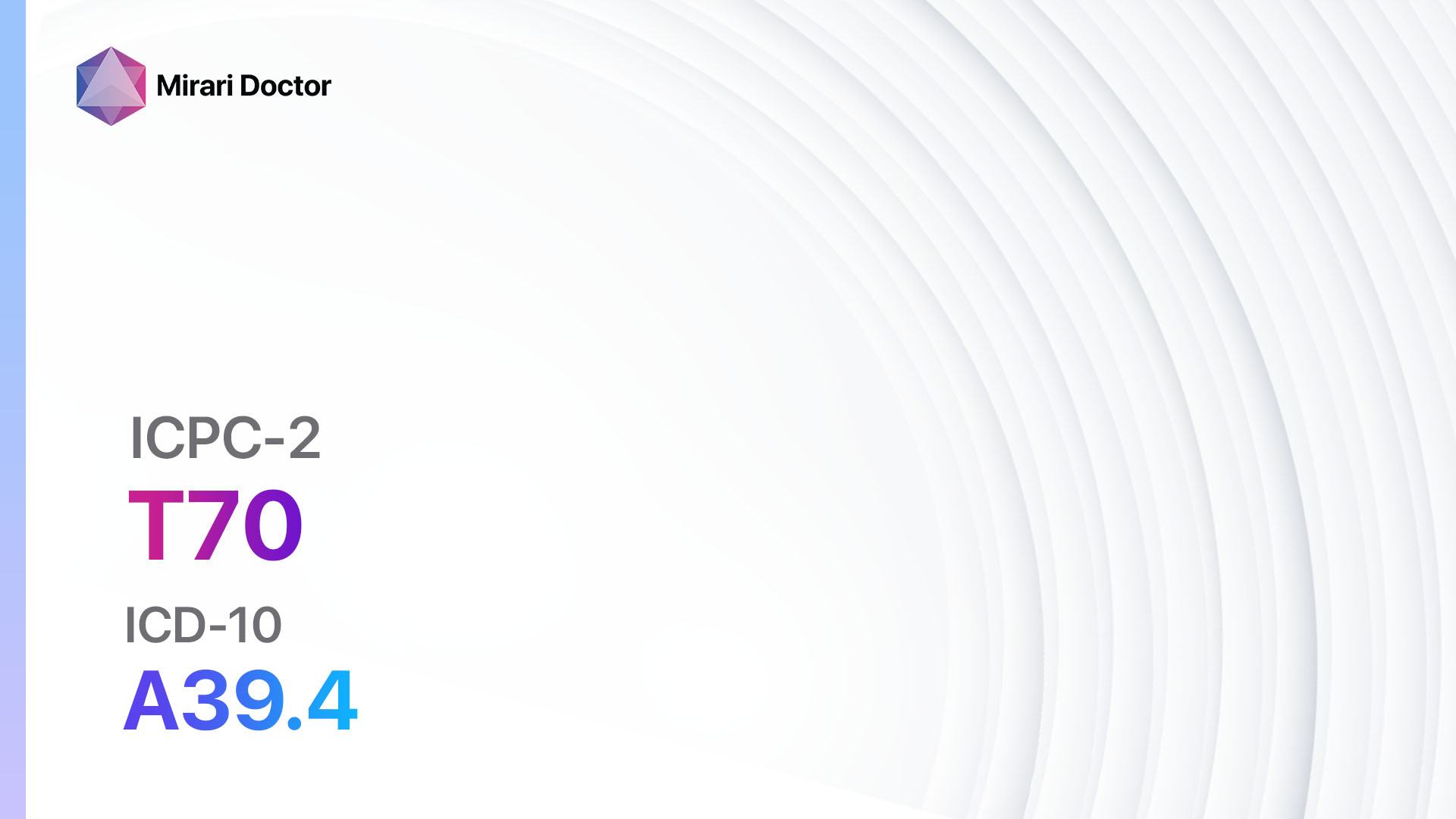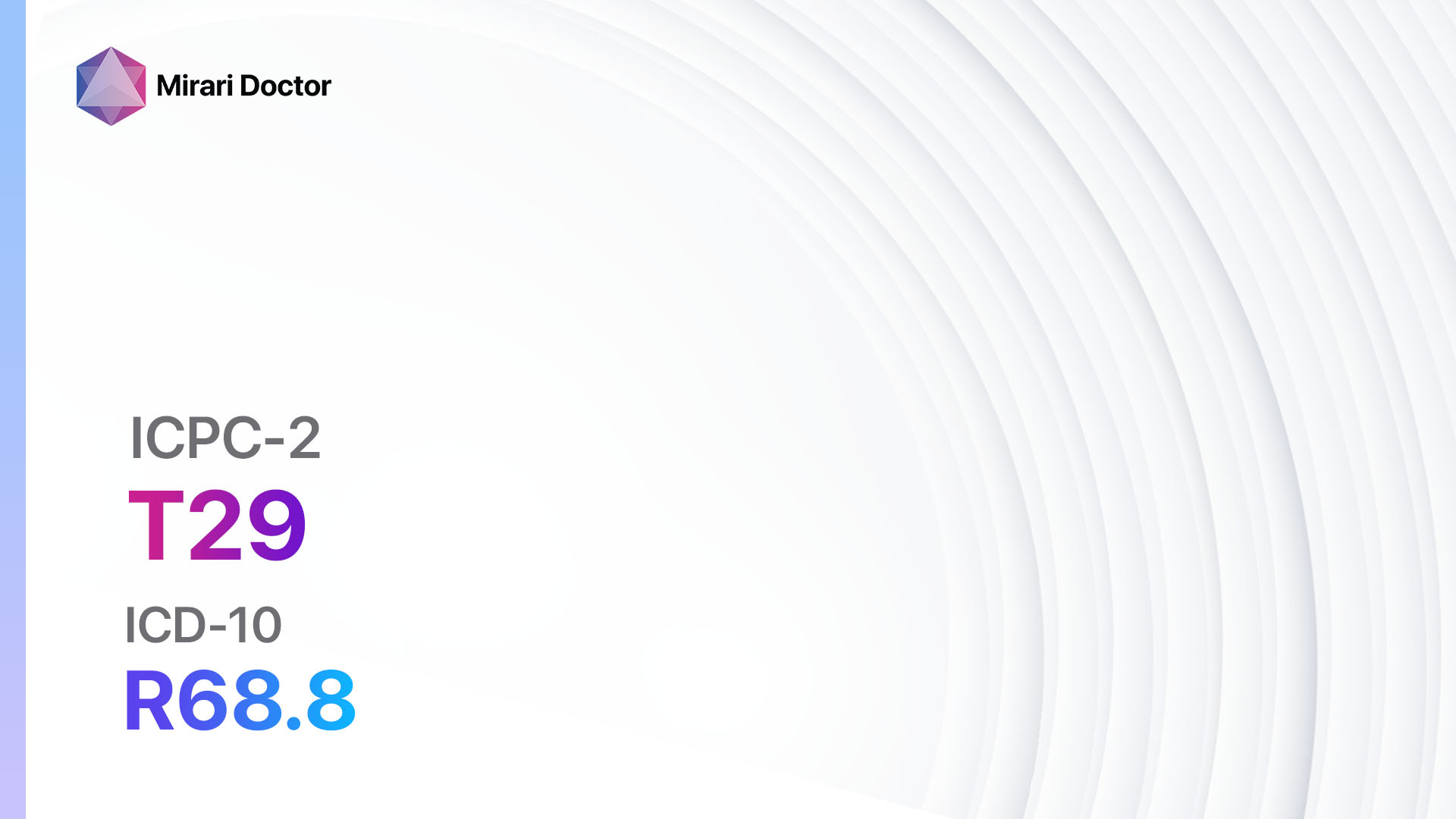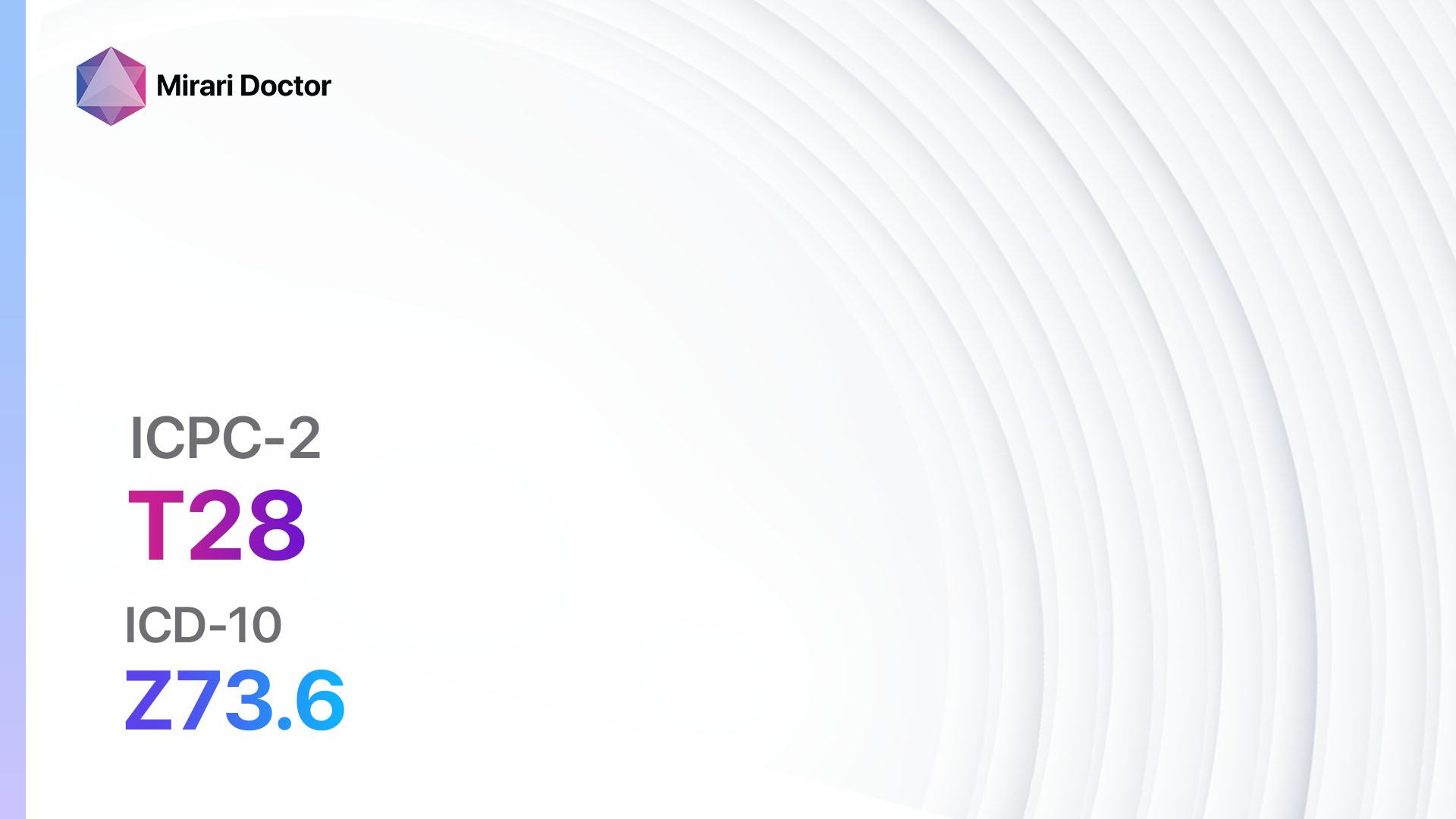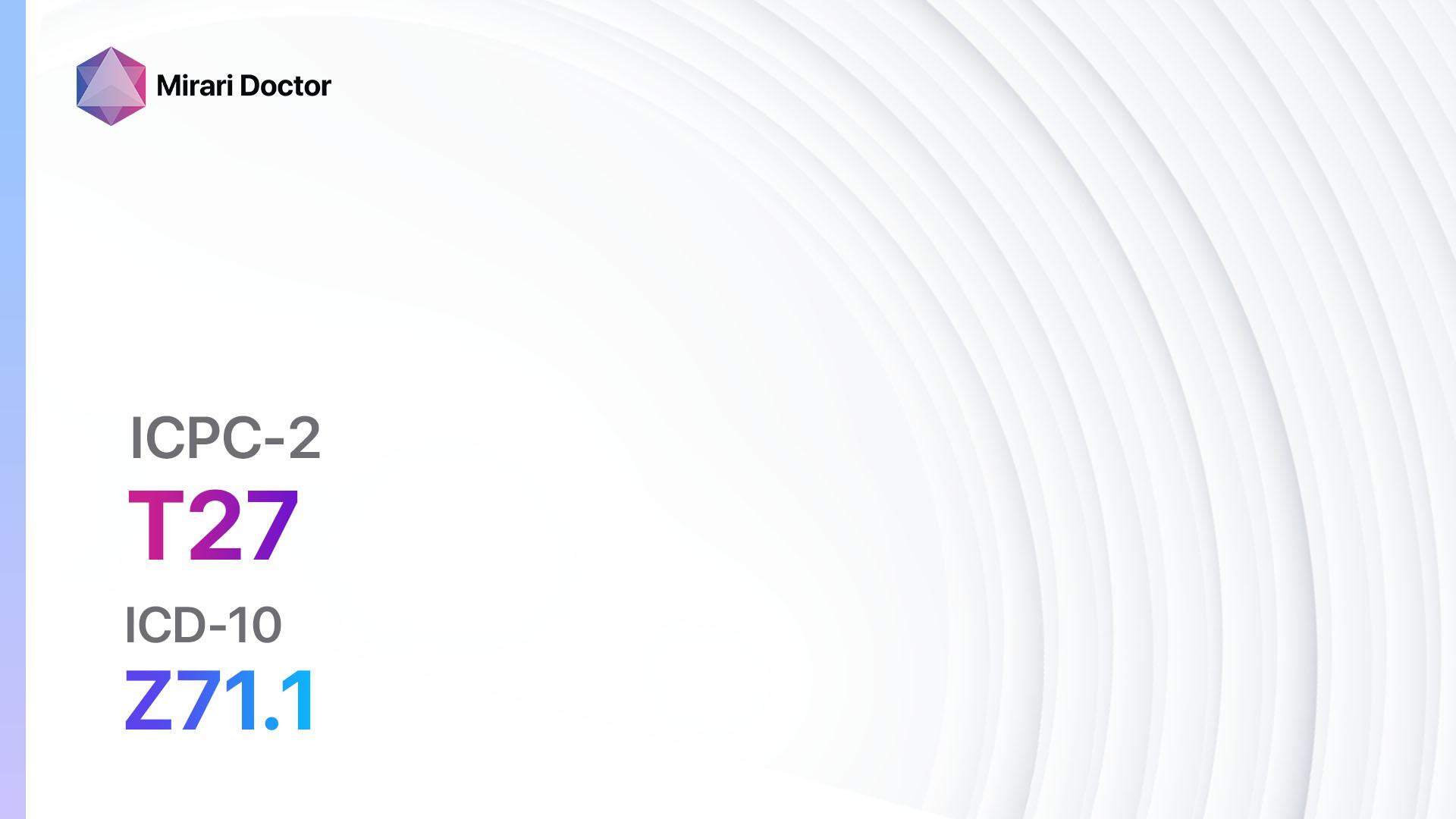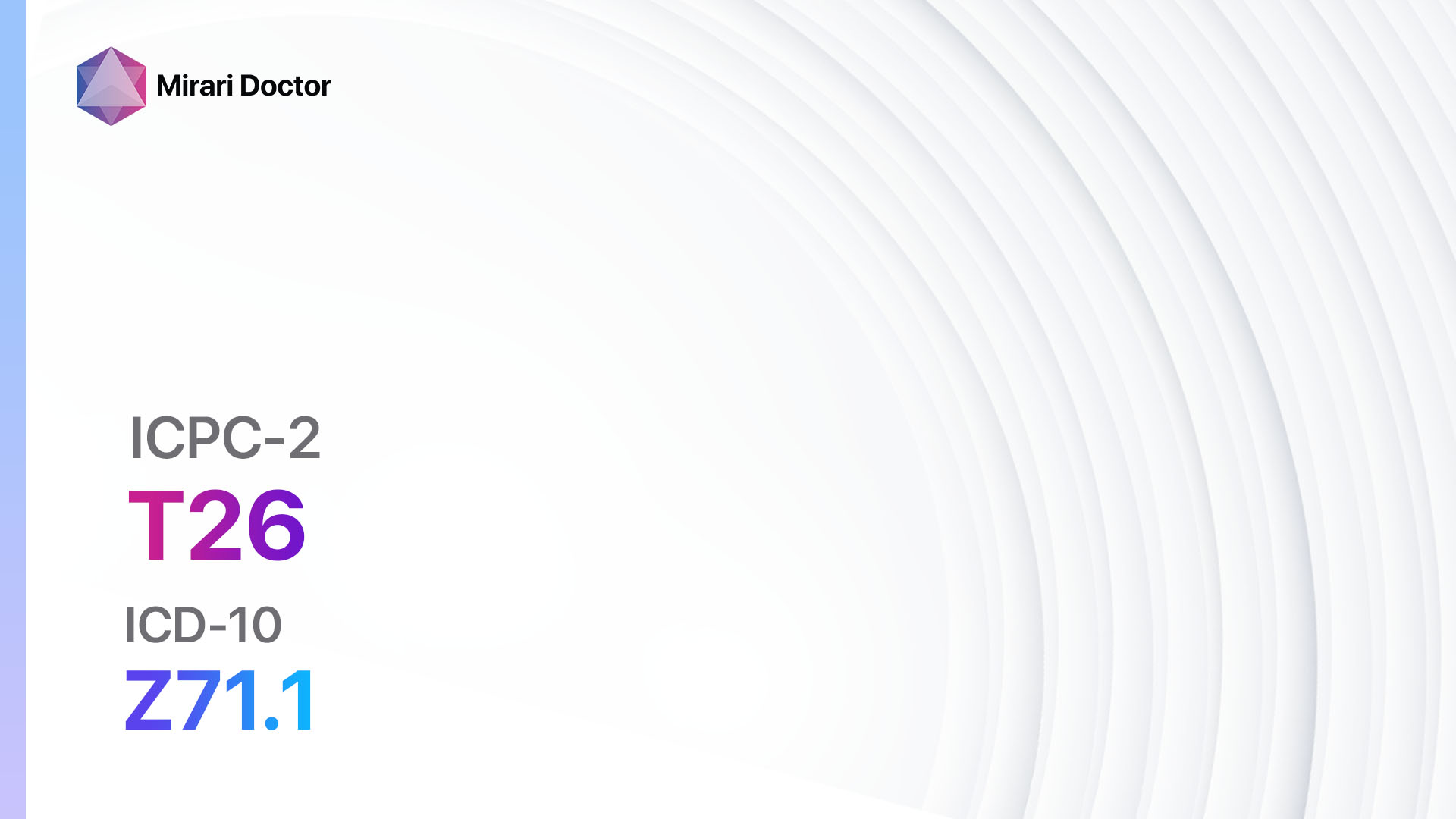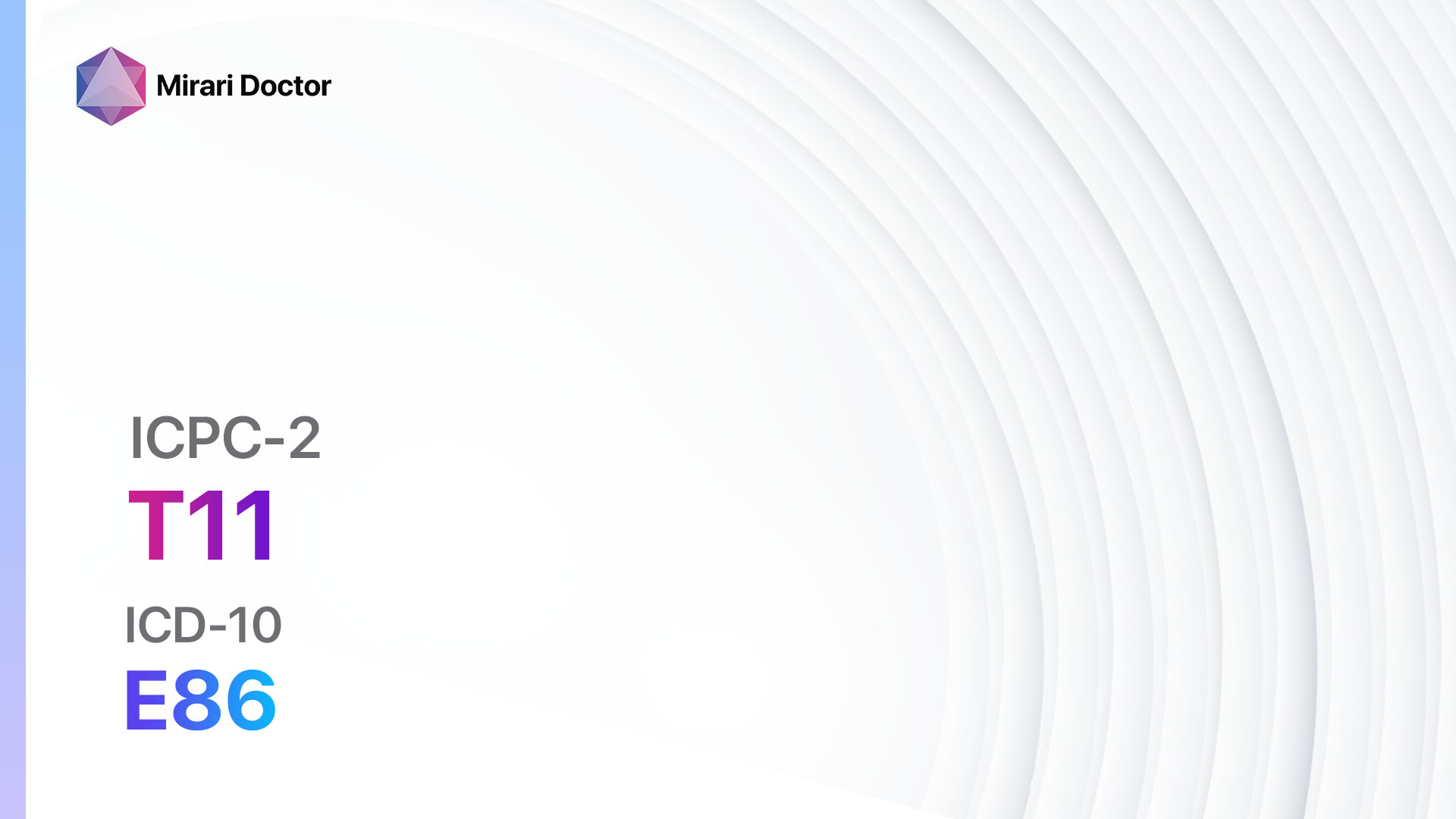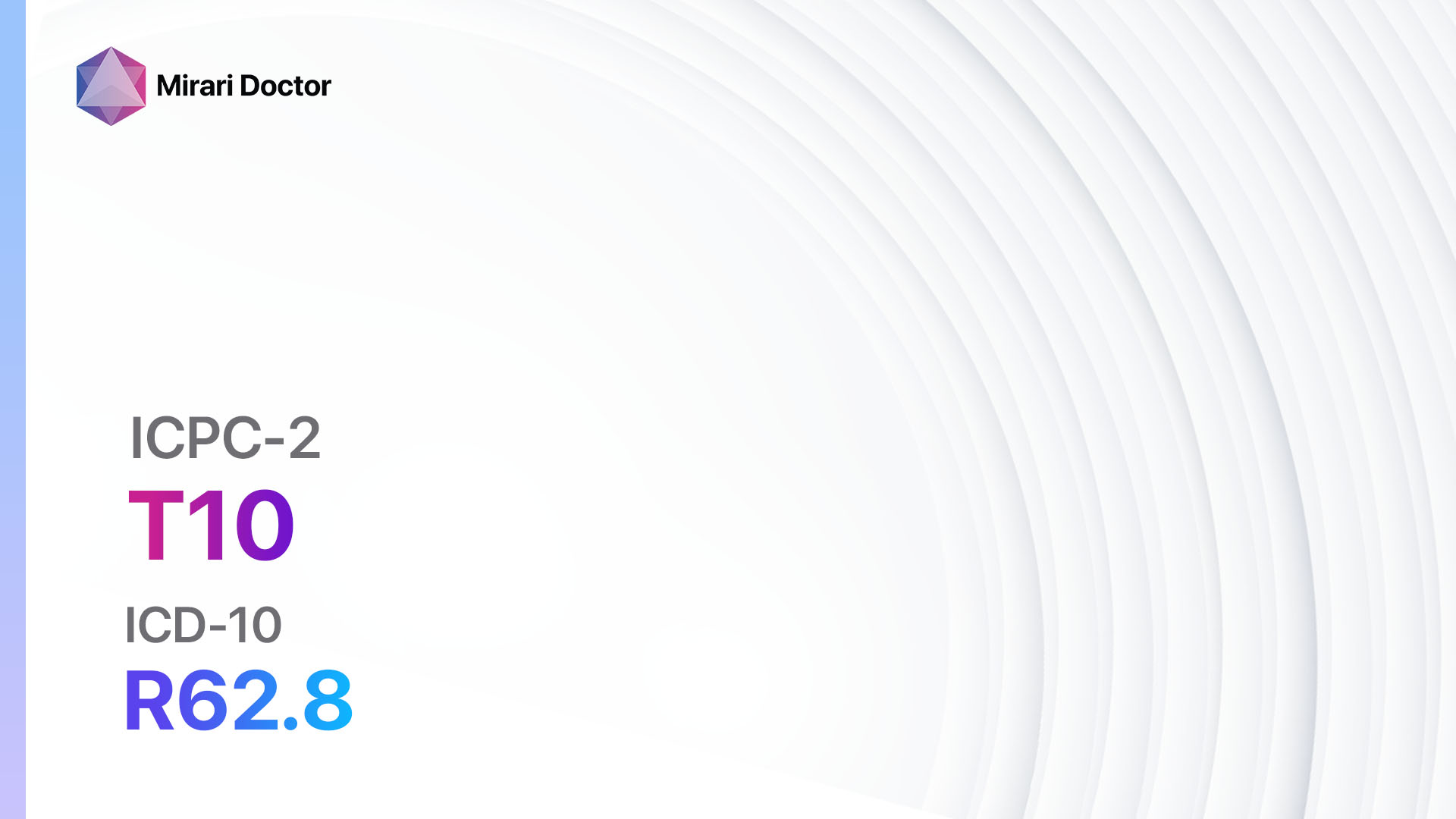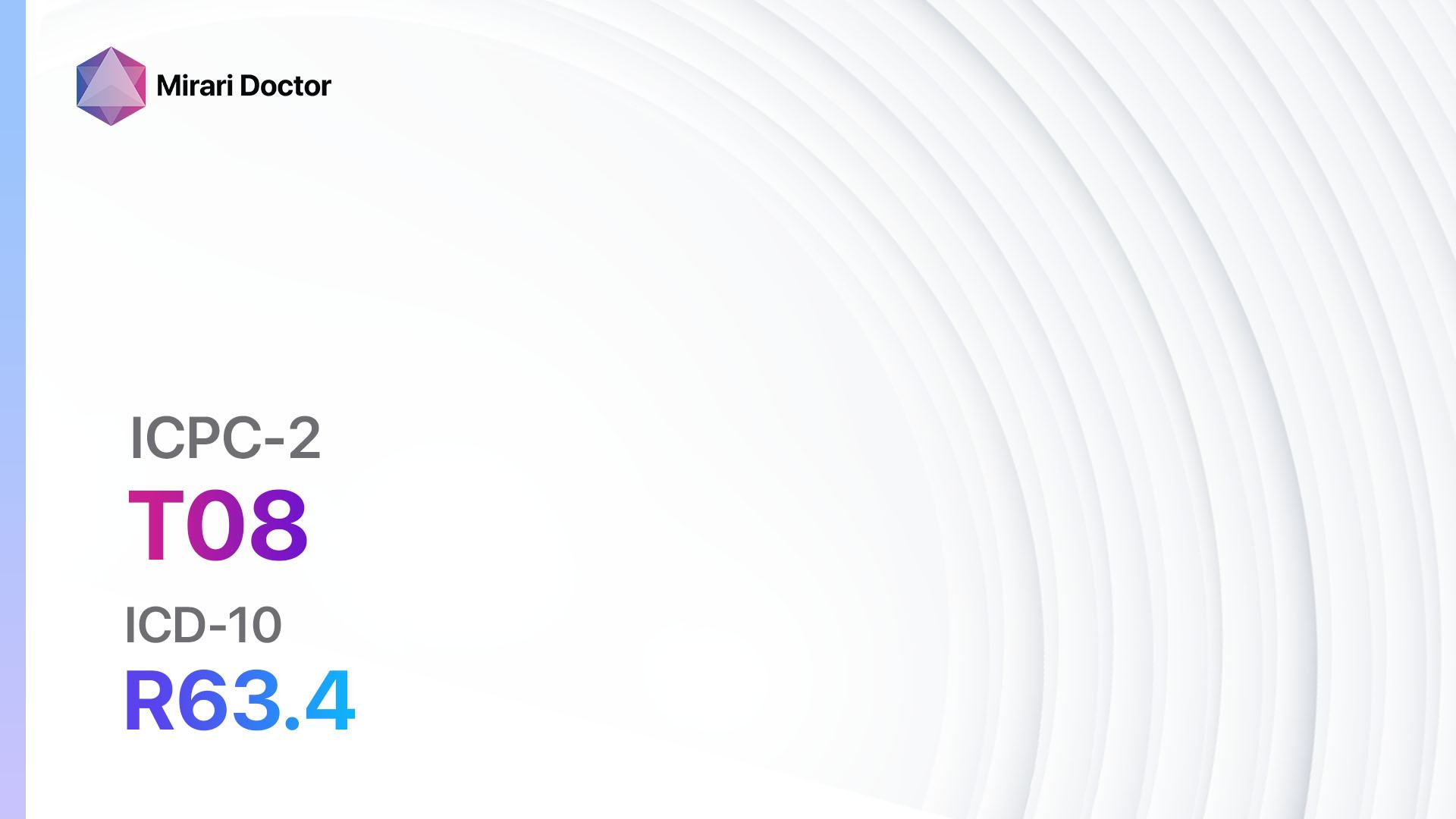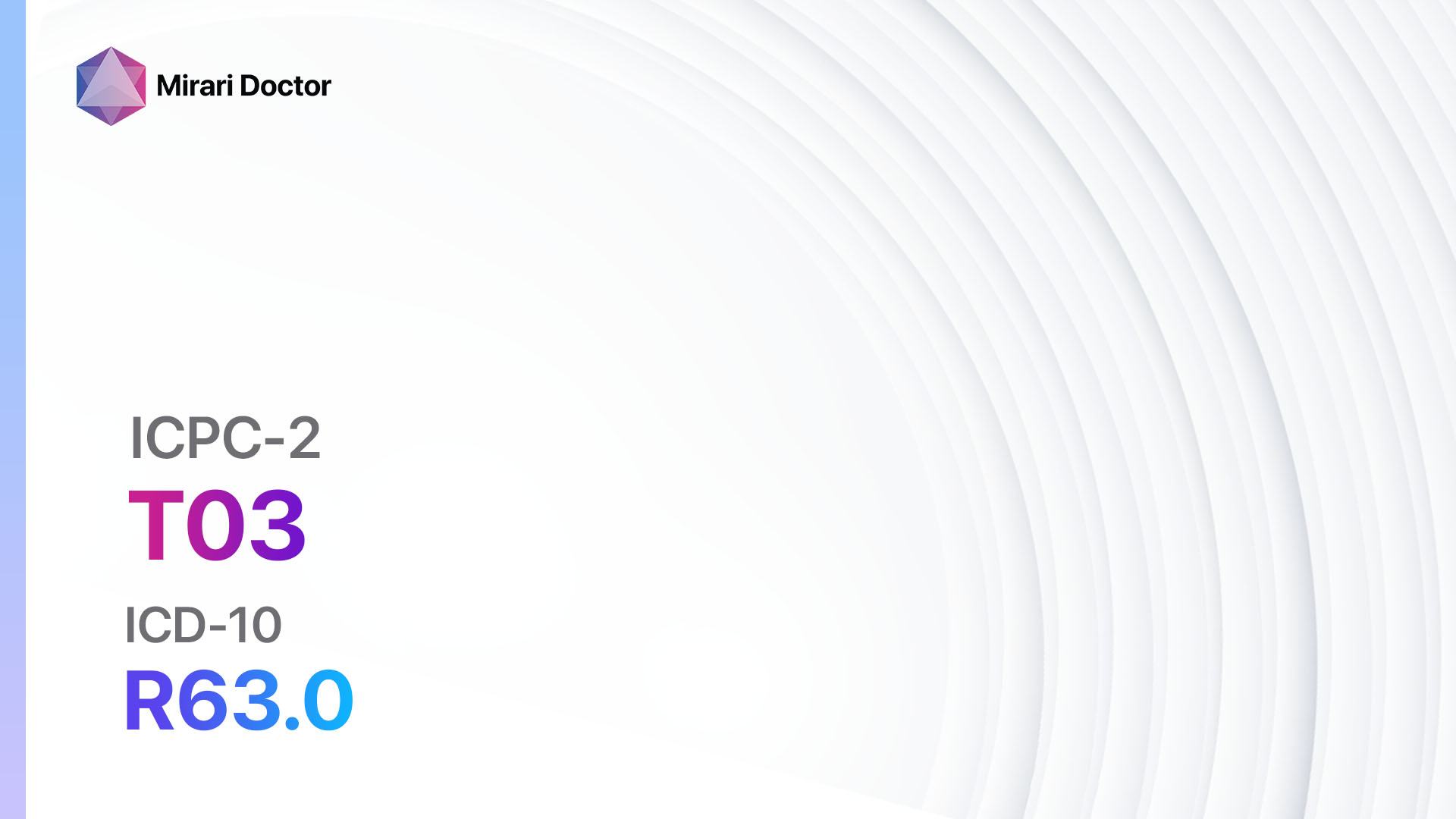
Introduction
Loss of appetite, also known as anorexia, is a condition characterized by a decreased desire to eat[1]. It can be a symptom of various underlying medical conditions or can occur as a result of certain medications or psychological factors[2]. This guide aims to provide a comprehensive overview of loss of appetite, including its symptoms, causes, diagnostic steps, possible interventions, and lifestyle modifications.
Codes
Symptoms
- Decreased desire to eat
- Lack of interest in food
- Feeling full quickly
- Weight loss
- Fatigue
- Weakness
- Changes in taste or smell[5]
Causes
- Medical conditions:
- Gastrointestinal disorders (e.g., peptic ulcer disease, gastritis)
- Liver disease
- Kidney disease
- Cancer
- Infections (e.g., HIV, tuberculosis)
- Endocrine disorders (e.g., hypothyroidism, diabetes)
- Mental health conditions (e.g., depression, anxiety)[6]
- Medication side effects (e.g., chemotherapy, opioids)[7]
- Psychological factors:
- Stress
- Anxiety
- Depression
- Eating disorders[8]
Diagnostic Steps
Medical History
- Gather information about the patient’s:
- Eating habits
- Recent changes in appetite
- Weight loss or gain
- Medical conditions
- Medications
- Psychological well-being
- Family history of similar symptoms[9]
Physical Examination
- Perform a thorough physical examination, including:
- Measurement of vital signs (e.g., blood pressure, heart rate)
- Assessment of body weight and BMI
- Examination of the abdomen for tenderness or masses
- Evaluation of the mouth and throat for any abnormalities
- Assessment of mental health status[10]
Laboratory Tests
- Complete blood count (CBC) to evaluate for anemia or infection
- Comprehensive metabolic panel (CMP) to assess liver and kidney function
- Thyroid function tests to rule out hypothyroidism
- Blood glucose levels to screen for diabetes
- HIV test if risk factors are present
- Tumor markers (e.g., CA-125, CEA) if cancer is suspected
Diagnostic Imaging
- Abdominal ultrasound to evaluate the liver, gallbladder, and pancreas
- Chest X-ray to assess for lung infections or tumors
- CT scan or MRI of the abdomen or pelvis if specific organ abnormalities are suspected
- Upper endoscopy or colonoscopy to visualize the gastrointestinal tract
Other Tests
- Psychological evaluation to assess for underlying mental health conditions
- Nutritional assessment to determine any deficiencies or malnutrition
- Food diary to track eating patterns and identify triggers for loss of appetite
Follow-up and Patient Education
- Schedule regular follow-up appointments to monitor progress and adjust treatment if necessary
- Provide education on the importance of maintaining a balanced diet and seeking medical attention for persistent loss of appetite
- Offer resources for support groups or counseling services for patients with psychological factors contributing to loss of appetite
Possible Interventions
Traditional Interventions
Medications:
Top 5 drugs for Loss of appetite:
- Megestrol acetate:
- Cost: $50-$100/month.
- Contraindications: Hypersensitivity to megestrol acetate.
- Side effects: Weight gain, fluid retention, mood changes.
- Severe side effects: Blood clots, adrenal insufficiency.
- Drug interactions: Warfarin, insulin.
- Warning: Monitor for signs of blood clots and adrenal insufficiency.
- Dronabinol:
- Cost: $300-$500/month.
- Contraindications: Hypersensitivity to dronabinol, history of substance abuse.
- Side effects: Dizziness, confusion, dry mouth.
- Severe side effects: Psychiatric symptoms, cardiovascular effects.
- Drug interactions: Alcohol, sedatives.
- Warning: Use with caution in patients with a history of psychiatric disorders.
- Mirtazapine:
- Cost: $20-$50/month.
- Contraindications: Hypersensitivity to mirtazapine, concurrent use of MAO inhibitors.
- Side effects: Sedation, increased appetite, dry mouth.
- Severe side effects: Serotonin syndrome, agranulocytosis.
- Drug interactions: MAO inhibitors, serotonergic agents.
- Warning: Monitor for signs of serotonin syndrome and agranulocytosis.
- Ondansetron:
- Cost: $50-$100/month.
- Contraindications: Hypersensitivity to ondansetron, concurrent use of apomorphine.
- Side effects: Headache, constipation, fatigue.
- Severe side effects: QT prolongation, serotonin syndrome.
- Drug interactions: Apomorphine, serotonergic agents.
- Warning: Use with caution in patients with a history of QT prolongation.
- Cyproheptadine:
- Cost: $10-$30/month.
- Contraindications: Hypersensitivity to cyproheptadine, newborns and premature infants.
- Side effects: Sedation, increased appetite, dry mouth.
- Severe side effects: Serotonin syndrome, agranulocytosis.
- Drug interactions: MAO inhibitors, serotonergic agents.
- Warning: Monitor for signs of serotonin syndrome and agranulocytosis.
Alternative Drugs:
- Progestins (e.g., norethisterone): Can stimulate appetite.
- Selective serotonin reuptake inhibitors (SSRIs) (e.g., fluoxetine): May improve appetite in patients with underlying depression.
- Corticosteroids (e.g., prednisone): Can increase appetite, but long-term use may have significant side effects.
- Antihistamines (e.g., diphenhydramine): Can stimulate appetite, but sedation is a common side effect.
- Dexamethasone: A corticosteroid used to stimulate appetite in palliative care.
Surgical Procedures:
- No surgical procedures are typically indicated for loss of appetite.
Alternative Interventions
- Acupuncture: May help stimulate appetite and improve overall well-being. Cost: $60-$120 per session.
- Herbal supplements: Certain herbs, such as ginger or peppermint, may help improve digestion and appetite. Cost: Varies depending on the specific supplement.
- Aromatherapy: Essential oils, such as lemon or peppermint, can be used to stimulate appetite. Cost: $10-$30 per bottle.
- Hypnotherapy: Can be used to address underlying psychological factors contributing to loss of appetite. Cost: $100-$200 per session.
- Mind-body techniques: Practices like meditation or yoga may help reduce stress and improve appetite. Cost: Varies depending on the specific program or class.
Lifestyle Interventions
- Eat smaller, more frequent meals: This can help increase calorie intake without feeling overwhelmed.
- Choose nutrient-dense foods: Opt for foods that are high in calories and nutrients, such as avocados, nuts, and whole grains.
- Stay hydrated: Drinking enough fluids can help prevent dehydration and improve appetite.
- Manage stress: Engage in stress-reducing activities, such as exercise, meditation, or hobbies.
- Seek support: Join a support group or seek counseling to address any psychological factors contributing to loss of appetite.
It is important to note that the cost ranges provided are approximate and may vary depending on the location and availability of the interventions. It is recommended to consult with healthcare professionals for personalized treatment options and cost estimates.
Mirari Cold Plasma Alternative Intervention
Understanding Mirari Cold Plasma
- Safe and Non-Invasive Treatment: Mirari Cold Plasma is a safe and non-invasive treatment option for various skin conditions. It does not require incisions, minimizing the risk of scarring, bleeding, or tissue damage.
- Efficient Extraction of Foreign Bodies: Mirari Cold Plasma facilitates the removal of foreign bodies from the skin by degrading and dissociating organic matter, allowing easier access and extraction.
- Pain Reduction and Comfort: Mirari Cold Plasma has a local analgesic effect, providing pain relief during the treatment, making it more comfortable for the patient.
- Reduced Risk of Infection: Mirari Cold Plasma has antimicrobial properties, effectively killing bacteria and reducing the risk of infection.
- Accelerated Healing and Minimal Scarring: Mirari Cold Plasma stimulates wound healing and tissue regeneration, reducing healing time and minimizing the formation of scars.
Mirari Cold Plasma Prescription
Video instructions for using Mirari Cold Plasma Device – T03 Loss of appetite (ICD-10:R63.0)
| Mild | Moderate | Severe |
| Mode setting: 2 (Wound Healing) Location: 4 (Heart, Bile & Pancreas) Morning: 15 minutes, Evening: 15 minutes |
Mode setting: 2 (Wound Healing) Location: 4 (Heart, Bile & Pancreas) Morning: 30 minutes, Lunch: 30 minutes, Evening: 30 minutes |
Mode setting: 2 (Wound Healing) Location: 4 (Heart, Bile & Pancreas) Morning: 30 minutes, Lunch: 30 minutes, Evening: 30 minutes |
| Mode setting: 2 (Wound Healing) Location: 6 (Throat, Lymphatic & Thyroid) Morning: 15 minutes, Evening: 15 minutes |
Mode setting: 2 (Wound Healing) Location: 6 (Throat, Lymphatic & Thyroid) Morning: 30 minutes, Lunch: 30 minutes, Evening: 30 minutes |
Mode setting: 2 (Wound Healing) Location: 6 (Throat, Lymphatic & Thyroid) Morning: 30 minutes, Lunch: 30 minutes, Evening: 30 minutes |
| Mode setting: 3 (Antiviral Therapy) Location: 0 (Localized) Morning: 15 minutes, Evening: 15 minutes |
Mode setting: 3 (Antiviral Therapy) Location: 0 (Localized) Morning: 30 minutes, Lunch: 30 minutes, Evening: 30 minutes |
Mode setting: 3 (Antiviral Therapy) Location: 0 (Localized) Morning: 30 minutes, Lunch: 30 minutes, Evening: 30 minutes |
| Total Morning: 45 minutes approx. $7.50 USD, Evening: 45 minutes approx. $7.50 USD |
Total Morning: 90 minutes approx. $15 USD, Lunch: 90 minutes approx. $15 USD, Evening: 90 minutes approx. $15 USD |
Total Morning: 90 minutes approx. $15 USD, Lunch: 90 minutes approx. $15 USD, Evening: 90 minutes approx. $15 USD |
| Usual treatment for 7-60 days approx. $105 USD – $900 USD | Usual treatment for 6-8 weeks approx. $1,890 USD – $2,520 USD |
Usual treatment for 3-6 months approx. $4,050 USD – $8,100 USD
|
 |
|
Use the Mirari Cold Plasma device to treat Loss of appetite effectively.
WARNING: MIRARI COLD PLASMA IS DESIGNED FOR THE HUMAN BODY WITHOUT ANY ARTIFICIAL OR THIRD PARTY PRODUCTS. USE OF OTHER PRODUCTS IN COMBINATION WITH MIRARI COLD PLASMA MAY CAUSE UNPREDICTABLE EFFECTS, HARM OR INJURY. PLEASE CONSULT A MEDICAL PROFESSIONAL BEFORE COMBINING ANY OTHER PRODUCTS WITH USE OF MIRARI.
Step 1: Cleanse the Skin
- Start by cleaning the affected area of the skin with a gentle cleanser or mild soap and water. Gently pat the area dry with a clean towel.
Step 2: Prepare the Mirari Cold Plasma device
- Ensure that the Mirari Cold Plasma device is fully charged or has fresh batteries as per the manufacturer’s instructions. Make sure the device is clean and in good working condition.
- Switch on the Mirari device using the power button or by following the specific instructions provided with the device.
- Some Mirari devices may have adjustable settings for intensity or treatment duration. Follow the manufacturer’s instructions to select the appropriate settings based on your needs and the recommended guidelines.
Step 3: Apply the Device
- Place the Mirari device in direct contact with the affected area of the skin. Gently glide or hold the device over the skin surface, ensuring even coverage of the area experiencing.
- Slowly move the Mirari device in a circular motion or follow a specific pattern as indicated in the user manual. This helps ensure thorough treatment coverage.
Step 4: Monitor and Assess:
- Keep track of your progress and evaluate the effectiveness of the Mirari device in managing your Loss of appetite. If you have any concerns or notice any adverse reactions, consult with your health care professional.
Note
This guide is for informational purposes only and should not replace the advice of a medical professional. Always consult with your healthcare provider or a qualified medical professional for personal advice, diagnosis, or treatment. Do not solely rely on the information presented here for decisions about your health. Use of this information is at your own risk. The authors of this guide, nor any associated entities or platforms, are not responsible for any potential adverse effects or outcomes based on the content.
Mirari Cold Plasma System Disclaimer
- Purpose: The Mirari Cold Plasma System is a Class 2 medical device designed for use by trained healthcare professionals. It is registered for use in Thailand and Vietnam. It is not intended for use outside of these locations.
- Informational Use: The content and information provided with the device are for educational and informational purposes only. They are not a substitute for professional medical advice or care.
- Variable Outcomes: While the device is approved for specific uses, individual outcomes can differ. We do not assert or guarantee specific medical outcomes.
- Consultation: Prior to utilizing the device or making decisions based on its content, it is essential to consult with a Certified Mirari Tele-Therapist and your medical healthcare provider regarding specific protocols.
- Liability: By using this device, users are acknowledging and accepting all potential risks. Neither the manufacturer nor the distributor will be held accountable for any adverse reactions, injuries, or damages stemming from its use.
- Geographical Availability: This device has received approval for designated purposes by the Thai and Vietnam FDA. As of now, outside of Thailand and Vietnam, the Mirari Cold Plasma System is not available for purchase or use.
References
- Morley, J. E. (2001). Anorexia of aging: physiologic and pathologic. The American journal of clinical nutrition, 66(4), 760-773.
- Laviano, A., Meguid, M. M., & Rossi-Fanelli, F. (2003). Cancer anorexia: clinical implications, pathogenesis, and therapeutic strategies. The lancet oncology, 4(11), 686-694.
- WONCA International Classification Committee. (1998). ICPC-2: International classification of primary care. Oxford University Press, USA.
- World Health Organization. (2004). ICD-10: international statistical classification of diseases and related health problems: tenth revision. World Health Organization.
- Schiffman, S. S., & Graham, B. G. (2000). Taste and smell perception affect appetite and immunity in the elderly. European journal of clinical nutrition, 54(3), S54-S63.
- Morley, J. E. (1997). Anorexia of aging: physiologic and pathologic. The American journal of clinical nutrition, 66(4), 760-773.
- Bouras, E. P., Lange, S. M., & Scolapio, J. S. (2001). Rational approach to patients with unintentional weight loss. Mayo Clinic Proceedings, 76(9), 923-929.
- Becker, A. E., Grinspoon, S. K., Klibanski, A., & Herzog, D. B. (1999). Eating disorders. New England Journal of Medicine, 340(14), 1092-1098.
- Morley, J. E., & Thomas, D. R. (1999). Anorexia and aging: pathophysiology. Nutrition, 15(6), 499-503.
- McMinn, J., Steel, C., & Bowman, A. (2011). Investigation and management of unintentional weight loss in older adults. Bmj, 342.
Related articles
Made in USA


